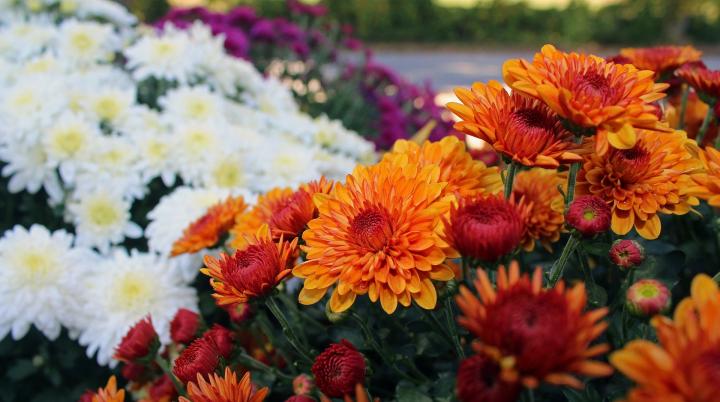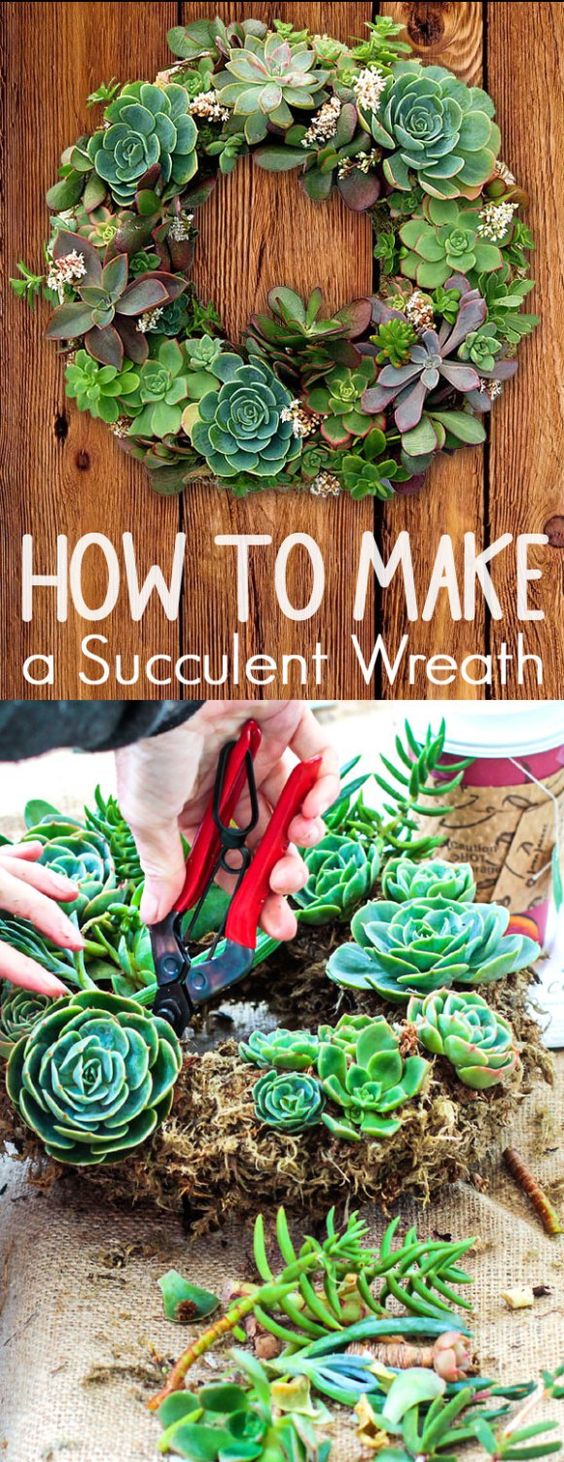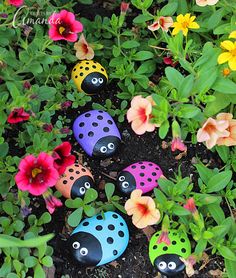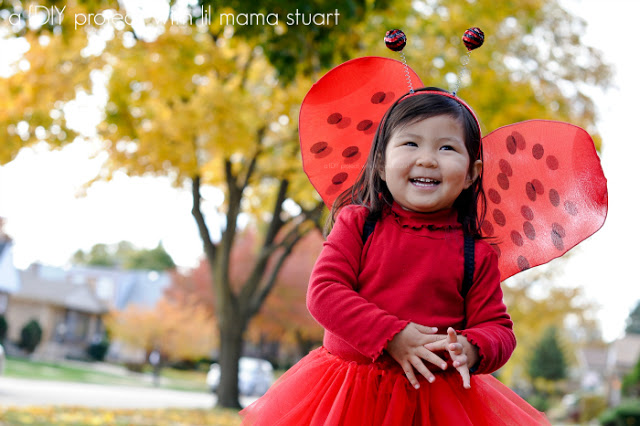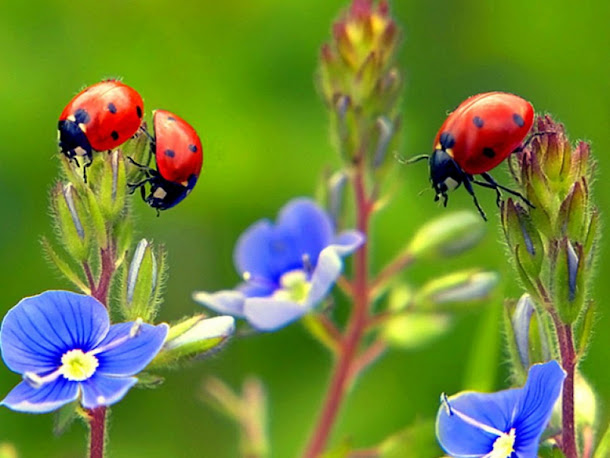Lettuce
Planting, Growing, and Harvesting Lettuce
Garden
lettuce is far superior, in both taste and vitamin A content, to
supermarket brands. See how to grow this cool-season crop.
Lettuce grows well in the spring and in the fall in most regions.
Lettuce seedlings will even tolerate a light frost. Temperatures between
45 F and 65 F are ideal.
Because lettuce grows quickly, the best approach is to plant a small amount at a time, staggering your plantings. Find more tips for planting delicious lettuce here.
Planting
Before
you plant your lettuce seeds, make sure the soil is prepared. It should
be loose and drain well so it’s moist without staying soggy. To keep
the soil fertile, feed it with organic matter about one week before you
seed or transplant. Since the seed is so small, a well-tilled seedbed is
essential. Large clods will reduce germination.
- Direct sowing is recommended as soon as the ground can be
worked. Plant seeds ½ inch deep. Snow won’t hurt them, but a desiccating
cold wind will.
- If you want an earlier crop, however, you may start seeds indoors 4
to 6 weeks before last spring frost date for an earlier crop. Harden off
seedlings for about one week, and transplant outside between 2 weeks
before and 2 weeks after last spring frost.
- Seed may be sown in single rows or broadcast for wide row planting.
When broadcasting, you’ll need to “thin” for the proper spacing.
- Leaf lettuce: Plant 4 inches apart.
- Cos and loose-headed types: Plant 8 inches apart.
- Firm-headed types: Plant 16 inches apart.
- Your rows of plants should be 12 to 15 inches across.
- Cover the seeds with ¼ to ½ inch of soil.
- Water thoroughly at time of transplant.
- Consider planting rows of chives or garlic between your lettuce to control aphids. They act as “barrier plants” for the lettuce.
- If you’d like to grow your lettuce indoors, check out this blog.
- It’s possible to plant lettuce in the fall or winter. Find tips for a second crop of lettuce here.
Care
- You should be able to sow additional seeds every two weeks for a continuous harvest throughout the growing season.
- Fertilize 3 weeks after transplanting. Lettuce prefers soil that is
high in humus, with plenty of compost and a steady supply of nitrogen to
keep if growing fast. Use organic alfalfa meal or a
slow-release fertilizer.
- To plant a fall crop, create cool soil in August by moistening the
ground and covering it with a bale of straw. A week later, the soil
under the bale will be about 10 degrees F (6 degrees C) cooler than the
rest of the garden. Sow a three foot row of lettuce seeds every couple
of weeks—just rotate the straw bale around the garden.
- Make sure soil remains moist but is well-drained.
- An organic mulch will help conserve moisture, suppress weeds, and keep soil temperatures cool throughout the warmer months.
- Lettuce will tell you when it needs water. Just look at it. If the
leaves are wilting, sprinkle them anytime—even in the heat of the day—to
cool them off and slow down the transpiration rate.
- Weed by hand if necessary, but be careful of plant roots: They are shallow.
- Planning your garden so that lettuce will be in the shade of taller
plants, such as tomatoes or sweet corn, in the heat of the summer, may
reduce bolting.
Pests/Diseases
Harvest/Storage
- Lettuce should be harvested when full size, but just before maturity. You want it young and tender.
- Before maturity, you can harvest leaf lettuce by simply removing
outer leaves so that the center leaves can continue to grow. Butterhead
or romaine types can be harvested by removing the outer leaves, digging
up the whole plant or cutting the plant about an inch above the soil
surface. A second harvest is often possible this way. Crisphead lettuce
is picked when the center is firm.
- Mature lettuce gets bitter and woody and it will go bad quickly, so check your garden everyday.
- As time passes, you will want to cut the whole plant from the ground.
- It’s best to harvest in the morning before leaves have been exposed to sun.
- Keep lettuce in the refrigerator for up to 10 days in a loose plastic bag.
Recommended Varieties
- Crisphead: ‘King Crown’, ‘Mission’
- Cos (Romaine): ‘Wallop’, ‘Paris White Cos’
- Loose Heads: ‘Burpee Bibb’
- Red Leaf: ‘Red Sail’ (Not recommended for hot weather, their red pigment absorbs more heat.
- Check out this video to find varieties of lettuce and salad greens that you can grow in containers for an urban garden.
Wit & Wisdom
- Did you know: Lettuce is a member of the sunflower family.
- Lettuce wilted? Put the leaves in a bowl of cold water with ice cubes and soak for about 15 minutes.
- Eating lettuce for dinner can be calming and help to reduce stress.
- Embrace your leafy greens! Learn more about the health benefits of going green!
Recipes
Cooking Notes
Lettuce makes the perfect base for any number of salads. Try these eight great salad recipes for your recent harvest! http://www.almanac.com/plant/lettuce?trk_msg=HT237L7KITMKN4U7NVMGHIKNOO&trk_contact=EEBLFVJ2I0VAQT9EM5JFVJAK9O&trk_sid=MER6QER1R24O49PCCFNCH1BSRO&utm_source=Listrak&utm_medium=Email&utm_term=Lettuce+(title)&utm_campaign=Companion+Daily
Planting, Growing, and Harvesting Lettuce
Garden
lettuce is far superior, in both taste and vitamin A content, to
supermarket brands. See how to grow this cool-season crop.
Lettuce grows well in the spring and in the fall in most regions. Lettuce seedlings will even tolerate a light frost. Temperatures between 45 F and 65 F are ideal.
Because lettuce grows quickly, the best approach is to plant a small amount at a time, staggering your plantings. Find more tips for planting delicious lettuce here.
Lettuce grows well in the spring and in the fall in most regions. Lettuce seedlings will even tolerate a light frost. Temperatures between 45 F and 65 F are ideal.
Because lettuce grows quickly, the best approach is to plant a small amount at a time, staggering your plantings. Find more tips for planting delicious lettuce here.
Planting
Before
you plant your lettuce seeds, make sure the soil is prepared. It should
be loose and drain well so it’s moist without staying soggy. To keep
the soil fertile, feed it with organic matter about one week before you
seed or transplant. Since the seed is so small, a well-tilled seedbed is
essential. Large clods will reduce germination.
- Direct sowing is recommended as soon as the ground can be worked. Plant seeds ½ inch deep. Snow won’t hurt them, but a desiccating cold wind will.
- If you want an earlier crop, however, you may start seeds indoors 4 to 6 weeks before last spring frost date for an earlier crop. Harden off seedlings for about one week, and transplant outside between 2 weeks before and 2 weeks after last spring frost.
- Seed may be sown in single rows or broadcast for wide row planting.
When broadcasting, you’ll need to “thin” for the proper spacing.
- Leaf lettuce: Plant 4 inches apart.
- Cos and loose-headed types: Plant 8 inches apart.
- Firm-headed types: Plant 16 inches apart.
- Your rows of plants should be 12 to 15 inches across.
- Cover the seeds with ¼ to ½ inch of soil.
- Water thoroughly at time of transplant.
- Consider planting rows of chives or garlic between your lettuce to control aphids. They act as “barrier plants” for the lettuce.
- If you’d like to grow your lettuce indoors, check out this blog.
- It’s possible to plant lettuce in the fall or winter. Find tips for a second crop of lettuce here.
Care
- You should be able to sow additional seeds every two weeks for a continuous harvest throughout the growing season.
- Fertilize 3 weeks after transplanting. Lettuce prefers soil that is high in humus, with plenty of compost and a steady supply of nitrogen to keep if growing fast. Use organic alfalfa meal or a slow-release fertilizer.
- To plant a fall crop, create cool soil in August by moistening the ground and covering it with a bale of straw. A week later, the soil under the bale will be about 10 degrees F (6 degrees C) cooler than the rest of the garden. Sow a three foot row of lettuce seeds every couple of weeks—just rotate the straw bale around the garden.
- Make sure soil remains moist but is well-drained.
- An organic mulch will help conserve moisture, suppress weeds, and keep soil temperatures cool throughout the warmer months.
- Lettuce will tell you when it needs water. Just look at it. If the leaves are wilting, sprinkle them anytime—even in the heat of the day—to cool them off and slow down the transpiration rate.
- Weed by hand if necessary, but be careful of plant roots: They are shallow.
- Planning your garden so that lettuce will be in the shade of taller plants, such as tomatoes or sweet corn, in the heat of the summer, may reduce bolting.
Pests/Diseases
Harvest/Storage
- Lettuce should be harvested when full size, but just before maturity. You want it young and tender.
- Before maturity, you can harvest leaf lettuce by simply removing outer leaves so that the center leaves can continue to grow. Butterhead or romaine types can be harvested by removing the outer leaves, digging up the whole plant or cutting the plant about an inch above the soil surface. A second harvest is often possible this way. Crisphead lettuce is picked when the center is firm.
- Mature lettuce gets bitter and woody and it will go bad quickly, so check your garden everyday.
- As time passes, you will want to cut the whole plant from the ground.
- It’s best to harvest in the morning before leaves have been exposed to sun.
- Keep lettuce in the refrigerator for up to 10 days in a loose plastic bag.
Recommended Varieties
- Crisphead: ‘King Crown’, ‘Mission’
- Cos (Romaine): ‘Wallop’, ‘Paris White Cos’
- Loose Heads: ‘Burpee Bibb’
- Red Leaf: ‘Red Sail’ (Not recommended for hot weather, their red pigment absorbs more heat.
- Check out this video to find varieties of lettuce and salad greens that you can grow in containers for an urban garden.
Wit & Wisdom
- Did you know: Lettuce is a member of the sunflower family.
- Lettuce wilted? Put the leaves in a bowl of cold water with ice cubes and soak for about 15 minutes.
- Eating lettuce for dinner can be calming and help to reduce stress.
- Embrace your leafy greens! Learn more about the health benefits of going green!
Recipes
Cooking Notes
Lettuce makes the perfect base for any number of salads. Try these eight great salad recipes for your recent harvest! http://www.almanac.com/plant/lettuce?trk_msg=HT237L7KITMKN4U7NVMGHIKNOO&trk_contact=EEBLFVJ2I0VAQT9EM5JFVJAK9O&trk_sid=MER6QER1R24O49PCCFNCH1BSRO&utm_source=Listrak&utm_medium=Email&utm_term=Lettuce+(title)&utm_campaign=Companion+Daily


























